“Make Do’’: as per the Cambridge English dictionary, is to manage to live without things that you would like to have or with things of a worse quality than you would like.
The same can be said for spreadsheets when compared with a CTRM system, can the business run on a spreadsheet? Yes it can. Can a business run on a CTRM system more efficiently and reduce errors? Of course this would be the case, so why do so many companies ‘Make Do’ with spreadsheets?
One of the main reasons is the actual users of the spreadsheets would love to ditch them and get a nice shiny CTRM system. But the buying decision comes from above where the person making that decision is feeling no pain, probably does not even open a spreadsheet, and is more worried about the bottom line and probably where they are having lunch that day.
There have been many studies about CTRM ROI, efficiency, using long words that quantify the money paid to do the actual study. BUT below is an example, in the real world, of why spreadsheets should not be ‘make do’.
Spreadsheets:
Arrive at work at 8:00 am as the market was busy the night before, shock horror the head of paper trading went nuts the night before and you have a pile of deal slips sitting on your desk. The next four hours are reconciling with the broker statements, checking what was done and assigning it all to the correct cargoes, hedge or flat price speculation. Next stage is inputting all the trades into the spreadsheets and reconciling. The position is created and sent around to the traders at 12:00 pm.
Traders read though the position and some trades are in the wrong book, they scream and shout a lot and you spend the next hour changing everything to make sure it is correct, position signed off. It has then probably changed as the traders have continued trading throughout the morning but they will have to wait 24 hours to get their next position.
Then it is time to look at the physical position, most operators are at lunch, so you check around the desks to see if any ships are loaded, shock horror!!! Two large cargo maxes loaded 4 days before, +/-10% there is a large discrepancy in the hedge. The market has moved a few dollars since the loading and as it was not spotted, loss of $500,000 usd. You now have to go and explain to the trader why his book was hit for lack of communication. Screaming and shouting again ensues.
Today is not a good day and you now have to roll out the P&L report. On checking the prices you realise there has been a quoted price correction from 15 days before. Next step is to go through the spreadsheets and manually change all the prices and re-calculate your cash flow, a task which takes around 3 hours as a lot of trades were pricing.
Your brain has been working non stop for a good 9 hours or so and you are feeling fatigued, you have published your P&L report to the traders and management. Guess what, screaming and shouting ensues as they want to know exactly why the P&L has gone down when it should have gone up. With your last breath you explain why and at the end say, ‘’please don’t shoot the messenger’’.
9:00 pm and you stumble home via the pub only to do it all again the next day! Praying you did not make any mistakes which could be compounded day on day.
CTRM System:
Arrive at the office at 9:00 am, the EOD process was automatically run and the paper trades have been uploaded from the broker statement. Check though the position which looks fine. No need to send it out to the traders as they can already see their position on their screens via the CTRM system.
9:30 wander over to the operators who informed you that they updated the loadables on the CTRM system and the volumes have been updated in the system so they are still perfectly hedged.
You realise that the price provider have changed a price. No problem, change it in the system and revalue the trades where it was changed, P&L is now correct and the invoices automatically changed.
10:00 am attend mid-morning traders meeting to discuss what trading strategy is going to be used and provide valuable input. You get a pat on the back all round and are commended for doing a fine job.
Off to the gym at lunch time then back to the office. Publish the P&L reports, top management say thank you and you get ready to prepare for the next day. Out of the office at a normal time.
Both situations above illustrate what is happening in the real world without fancy studies and pretty charts. Management sometimes do see CTRM systems as an unnecessary cost but lets face facts, you don’t need to be a scientist to work out that spreadsheets are now archaic when it comes to managing trading, risk, logistics, and back office functions.

Fendahl’s clean sheet approach to development, allied to Fendahl’s investment in offshore development resources makes Fusion CTRM significantly less expensive to purchase and maintain when compared to any other legacy CTRM solution.
As a result, the Fusion CTRM solution has the lowest total cost of ownership of any comparable CTRM solution. This means that customers can often replace poorly preforming legacy CTRM solutions and save money.
So top management, it is affordable and can be quick to install, lets save the Risk Managers well being and opt for a CTRM system.
Find out more about Fusion CTRM





